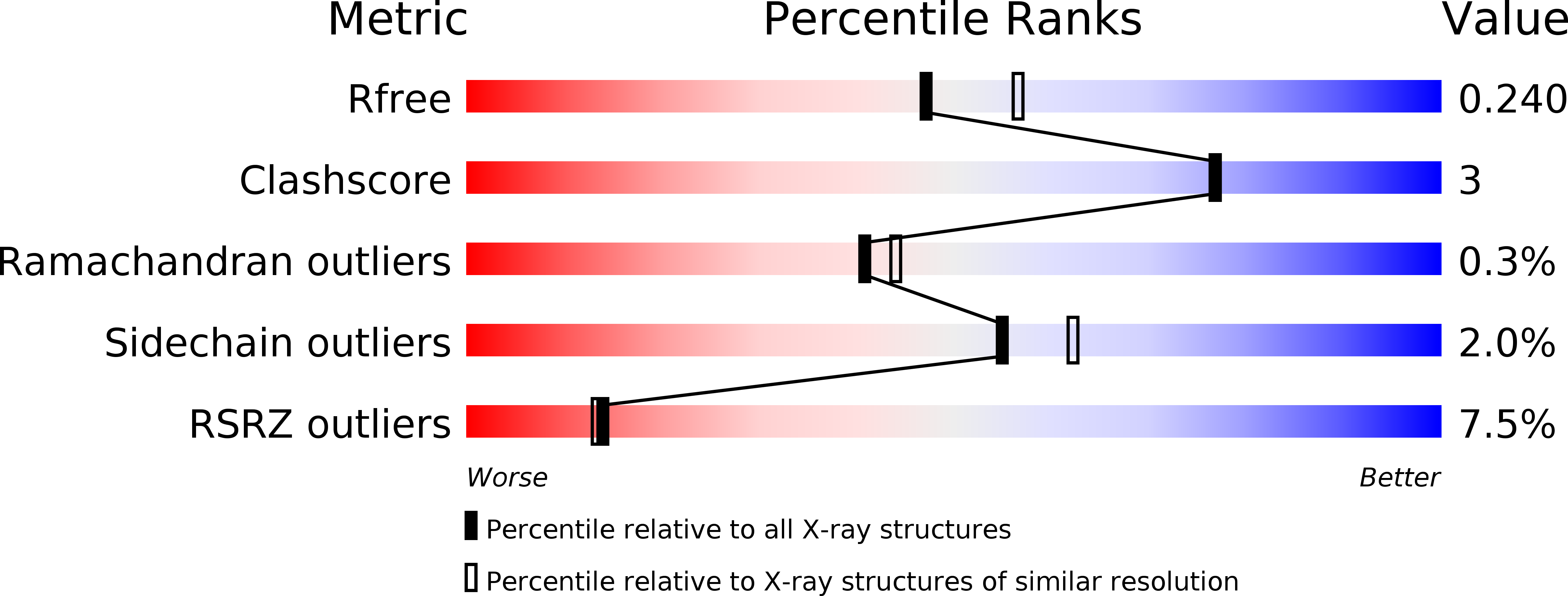
Deposition Date
2018-02-05
Release Date
2018-04-04
Last Version Date
2024-01-17
Entry Detail
PDB ID:
6FNZ
Keywords:
Title:
Crystal Structure of domain-swapped C-terminal domain of human doublecortin
Biological Source:
Source Organism:
Homo sapiens (Taxon ID: 9606)
unidentified (Taxon ID: 32644)
unidentified (Taxon ID: 32644)
Host Organism:
Method Details:
Experimental Method:
Resolution:
2.23 Å
R-Value Free:
0.23
R-Value Work:
0.20
R-Value Observed:
0.20
Space Group:
P 43 21 2


